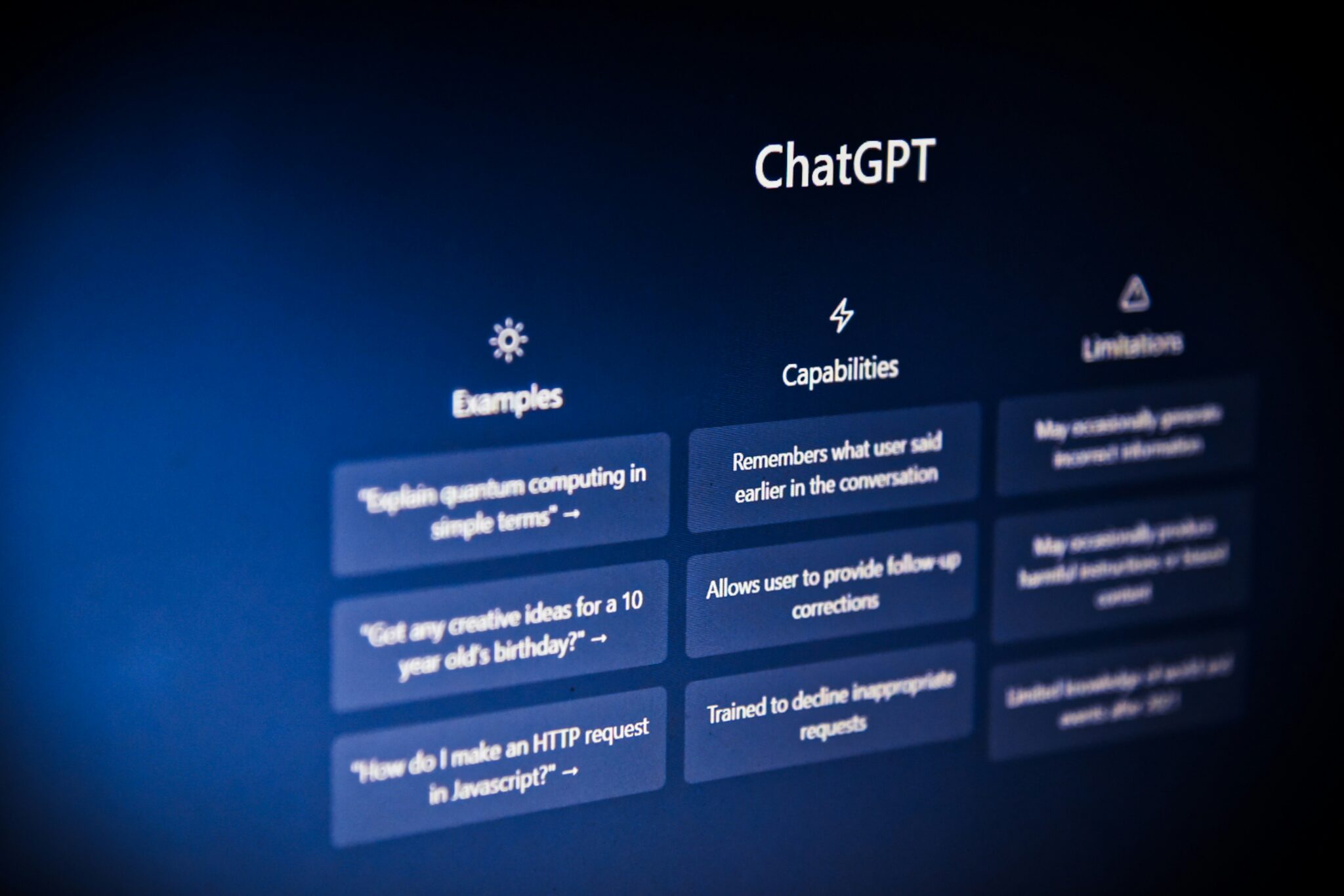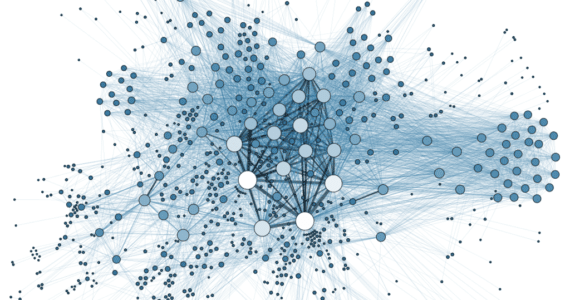GPT-4.1: What You Can Expect from OpenAI’s Latest Update
On April 14, 2025, OpenAI unveiled GPT-4.1, the latest generation of its multimodal large language model. GPT-4.1 is a significant upgrade from previous versions like GPT-4 and GPT-4-turbo, offering better performance, a massive context window, and improved efficiency across tasks such as coding, instruction-following, and long-form comprehension.
Key Capabilities and Improvements
1. Massive 1 Million Token Context Window
GPT-4.1 supports a context window of up to 1 million tokens—by far the longest of any publicly released model. This enables the model to:
- Analyze entire codebases or research papers.
- Handle extended conversations with no memory loss.
- Extract or summarize information from very large documents.
2. Superior Instruction Following
GPT-4.1 shows marked improvements in understanding nuanced and multi-step instructions.
- It outperforms GPT-4-turbo on benchmarks like:
- MultiChallenge (Scale AI): 38.3%, a 10.5% absolute improvement over GPT-4o.
- This makes GPT-4.1 more useful for enterprise-level tasks, customer support, and AI agents.
3. Better Coding Abilities
OpenAI focused heavily on software development use cases.
- GPT-4.1 scores 54.6% on SWE-bench Verified, a 21.4% absolute improvement over GPT-4o.
- It shows better reasoning and accuracy in tasks like:
- Writing and debugging code
- Understanding complex APIs
- Refactoring large codebases with consistency
4. Improved Multimodal and Long-Context Reasoning
On the Video-MME benchmark, GPT-4.1 scores 72% in the “long, no subtitles” category. This makes it more competent at:
- Watching long videos
- Summarizing or extracting details without the need for subtitles
- Maintaining consistency across long multimodal inputs
New Model Variants
OpenAI introduced a family of GPT-4.1 models tailored for different use cases and performance needs:
GPT-4.1 (Full Model)
- The flagship model with the full 1M token window.
- Best-in-class across reasoning, generation, and understanding tasks.
GPT-4.1 Mini
- Designed for lower cost and faster inference.
- Offers:
- 83% cost savings
- 50% latency reduction compared to GPT-4o
- Suitable for apps requiring real-time performance without sacrificing much intelligence.
GPT-4.1 Nano
- The most lightweight version.
- Perfect for running on-device or low-resource environments.
- Despite its size, it:
- Still supports the full 1M token context
- Achieves 80.1% on MMLU and 50.3% on GPQA—scores that surpass even some full-sized models
Tool Use and Real-World Application
OpenAI emphasized GPT-4.1’s practical role in powering autonomous agents and complex task execution. Improvements support more reliable deployment in areas such as:
- AI agents for automation: Coding assistants, report generators, and workflow bots that understand context over long spans
- Customer service AI: More accurate, human-like responses to customer inquiries, with memory and reasoning across long interactions
- Enterprise document processing: Reading and synthesizing thousands of pages of contracts, documentation, and policies
Additionally, OpenAI has made these models accessible via:
- The ChatGPT product
- API via OpenAI Platform
- Integration into tools like Microsoft Copilot and Azure
Transition Timeline & Model Deprecation
With the launch of GPT-4.1, OpenAI is streamlining its offerings:
- GPT-4 (original) is being retired from ChatGPT by April 30, 2025.
- GPT-4.5 Preview will be deprecated by July 14, 2025.
- GPT-4.1 becomes the standard for pro users, and the variants are being prioritized for new integrations.
Why It Matters
GPT-4.1 represents a big leap toward more scalable, affordable, and intelligent AI systems. Its performance on long-context tasks, coupled with variants that suit both cloud and local environments, means developers and businesses now have better tools for building:
- Intelligent document search systems
- Custom chatbots with persistent memory
- Complex automation tools with contextual awareness
It’s a clear push toward smarter agents and broader general intelligence—delivering not just responses but actual task completion with real-world reliability.
For more detailed information, you can visit the official OpenAI announcement: OpenAI











